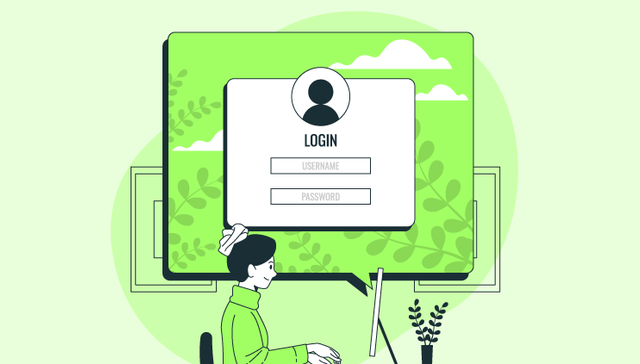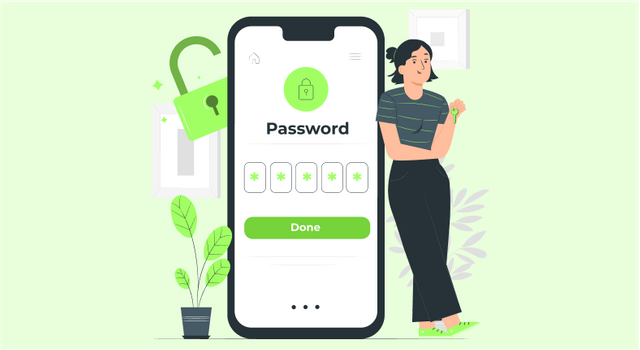SaaS SSO best practises
SSO systems combine many login windows into one. SSO lets consumers access all their SaaS apps from a single page (username, password, etc.).
Many IAM or access control solutions use SSO. SSO is easier and more secure for users. Strong, non-repetitive passwords, multi-factor authentication, and a single point for enforcing password re-entry all help. Sending an authentication token to remote apps and services is essential for SSO. This makes SSO Authentication possible by allowing identity verification independent of c

loud services. User access management includes implementing SSO Authentication. It must be utilised alongside access control, permission management, activity tracking, and other ways to monitor and regulate internal user behaviour. Best practises for authentication software in enterprise SaaS apps.

How does Saas SSO work?
Single Sign-On (SSO) relies on a preexisting trust between a service provider (the application) and an identity provider (the user's credentials) (such as Single Login). The exchange of certificates between the identity supplier and the service provider is a common mechanism for establishing this level of confidence. This certificate can be used to verify the authenticity of identity data sent from the identity provider to the service provider. In SSO, this identification information is demonstrated by tokens that contain the user's credentials (email address, username, etc.).
When single sign-on authentication is put into action, the following login procedure is triggered:
-A customer goes online and finds the service they want to utilise (the "Service Provider") and clicks on it.
-The service provider transmits a token containing some information about the user, such as their email address, Implementing SSO Authentication system, also known as the Identity Provider, as part of a request to authenticate the user.
-The Identity Provider checks if the user has been verified. If so, it skips to the Service Provider application and allows access.
-If the user hasn't logged in, the Identity Provider will ask for their credentials. This could be a login and password or a One-Time Password.
-After verifying the given credentials, the Identity Provider returns a token to the Service Provider. The token comes from the user's browser.
-The Service Provider validates the token based on the trust established at initial configuration.
-The user receives the service.
Summing It Up
By utilising SSO Authentication software, you can provide your users with a uniform authentication experience across all of your apps and any third-party apps they may use. This method eliminates the need for users to memorise numerous passwords, which improves their overall experience. NinjaAuth makes it easy to add Single Sign-On authentication to your site or app. To incorporate the code into your own project, simply copy and paste the relevant sections. The 500apps website is where you should go right now to find out more.
Great software. I think we need to learn and automate things faster.